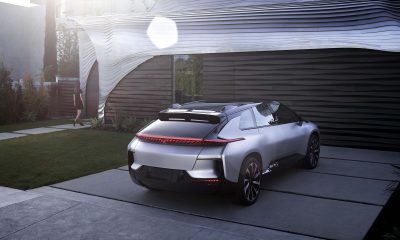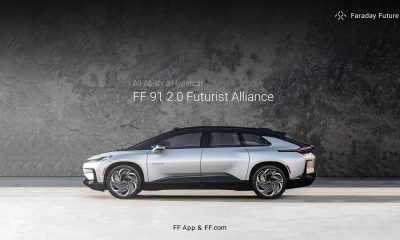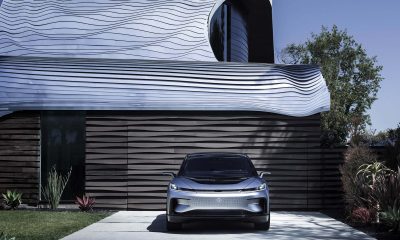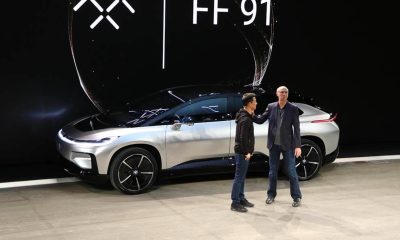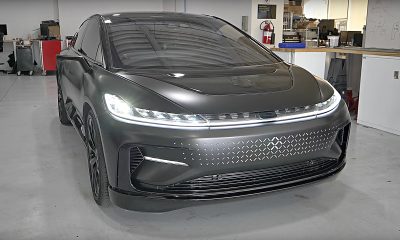News
Nevada says billionaire behind Faraday Future “doesn’t have any money”
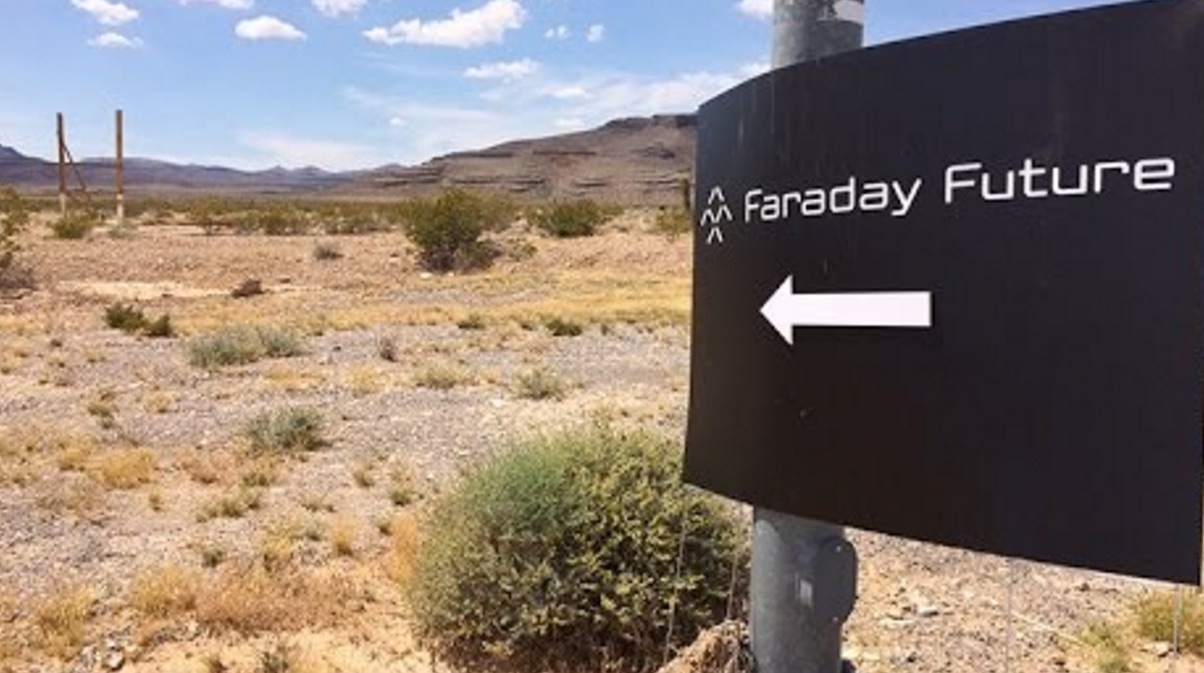
He’s listed as #37 on China Rich List, #45 Richest In Tech, and #308 of all Billionaires. But Nevada’s State Treasurer Dan Schwarz claims that Jia Yueting, the tech investor behind the elusive Silicon Valley car startup Faraday Future, doesn’t have any money.
The revelation came last week, when Schwarz spoke to China Daily and shared an update of the $335 million tax break that Nevada has offered to Jia’s automotive company. “The projects Jia invested in, including in China, seem very difficult for him personally to realize,” Nevada State Treasurer Dan Schwartz said in the interview. “If you look at Leshi (LeEco’s listed arm), it has roughly $6 billion in revenue, but it’s netting about $50 million. That profit margin is less than 1 percent … Grocery stores make 2 percent to 3 percent.”
Jia responded to Schwarz’ accusations through the Xinhua News Agency, saying, “The Nevada Treasury accusations are unfounded and totally inconsistent with the facts. We suspect defamation, but our channels of communication are always open.”
The commentary about Jia’s possible insolvency comes after Faraday Future halted construction on its Nevada factory in mid-November. Jia had apprised investors about how expensive the electric car business is as part of that closure announcement. The Faraday Future-backer and creator of companies ranging from the “Chinese Netflix” to a web shop with LE-branded electronics, Jia may have overextended his reach, as his wealth shrank by 1.02 billion yuan ($150 million) in November due to admitted cash flow problems from rapid investment of diverse businesses.
Schwarz claims that “Mr Jia doesn’t have any money. It’s clear that Leshi isn’t making money.” Sources who refused to be named but are close to Faraday Future’s finances state that the amount of money that Jia has at his disposal is not the issue; rather, he hasn’t been investing enough of it into Faraday Future.
According to Schwarz, the potential damage to Nevada’s finances would be “minimal,” as the state hasn’t issued any bonds as of yet to Jia. Of course, with all the hype and political capital involved in the Faraday Futures deal, which has been criticized by analysts as being far too risky, the state’s governor and economic development agency would be “very embarrassed.” So, too, will Jia have to face the Chinese investors who supported his global strategies.
According to Car News China, the Chinese media are talking about a “crisis of confidence” over Jia’s financial decisions, noting that things will only get tougher if Jia doesn’t find any money soon.
News
SpaceX opens up free Starlink service for those impacted by Hurricane Melissa
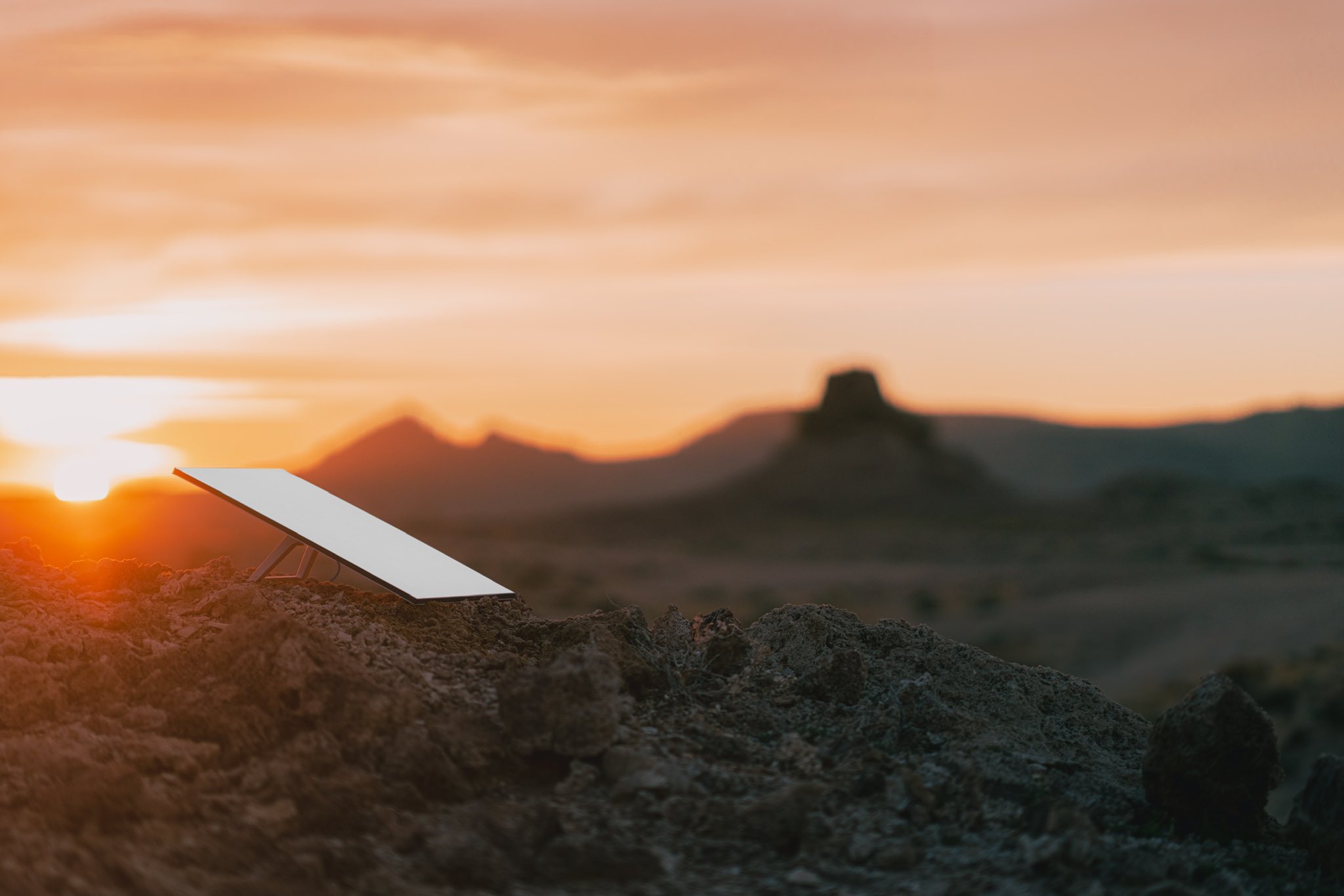
SpaceX is opening up its internet service, Starlink, to those impacted by Hurricane Melissa, as it made landfall in Jamaica and the Bahamas as a Category 5 storm.
Hurricane Melissa is expected to reach wind speeds of over 165 MPH over the next few days as it extends out into the Atlantic Ocean by Thursday and Friday.
Satellite imagery shows Hurricane #Melissa‘s growth from its formation on October 21 to a Category 5 hurricane through October 27, 2025. #HurricaneMelissa pic.twitter.com/goR3Hbgb9c
— The Weather Network (@weathernetwork) October 27, 2025
Citizens in Jamaica and the Bahamas have been preparing for the storm for the past week, getting necessary goods together and preparing for the massive storm to arrive. It finally did yesterday, and the first images and video of the storm are showing that it could destroy many parts of both countries.
Starlink is now being opened up for free until the end of November for those impacted by the storm in Jamaica and the Bahamas, SpaceX announced today:
For those impacted by Hurricane Melissa in Jamaica and the Bahamas, Starlink service is now free through the end of November to help with response and recovery efforts → https://t.co/fUko3xSviJ
— Starlink (@Starlink) October 28, 2025
It is a move similar to the one the company made last year as Hurricane Helene made its way through the United States, destroying homes and property across the East Coast. SpaceX offered free service for those impacted by the destruction caused by the storm.
The free Starlink service was available until the end of 2024.
Elon Musk’s companies have also made similar moves to help out those who are impacted by natural disasters. Tesla has offered Free Supercharging in the past, most notably during the California wildfires.
Tesla and SpaceX’s LA fire relief efforts: Cybertrucks, free Starlink and more
One major advantage of Starlink is that it is available for use in situations like this one, where power might be required to operate things like a modem and router.
Internet access is a crucial part of survival in these situations, especially as it can be the last leg some stand on to get in touch with emergency services or loved ones.
Elon Musk
Tesla board chair reiterates widely unmentioned point of Musk comp plan
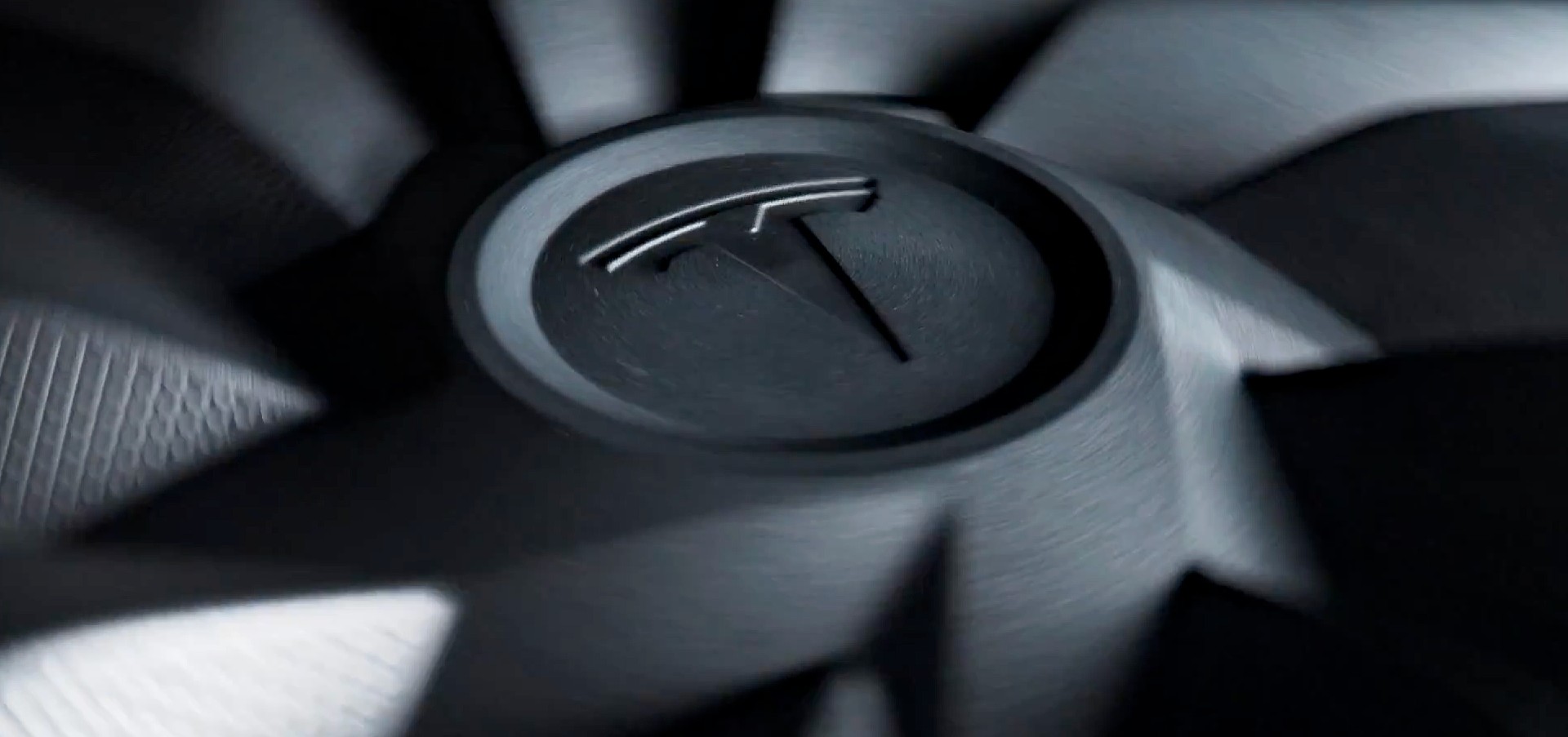
Tesla Board Chair Robyn Denholm appeared on Bloomberg TV this morning to discuss the current status of CEO Elon Musk’s compensation plan, and used the opportunity to reiterate a widely unmentioned key point of the entire package.
Critics of the proposed pay package, which would pay Musk $1 trillion if he completes every tranche, routinely cite the sheer size of the payday.
Of course, many skeptics leave out the fact that he would only get that money if he were able to generate eight times the value the company currently has.
Tesla gains massive vote of confidence on compensation plan for Elon Musk
For Musk, it might have a little bit to do with money, but that is likely a very small percentage point of why the compensation package is being offered to him. He has reiterated that it is more about voting control and overall influence, especially as Tesla dives into robotics.
He said during the Q3 Earnings Call:
“My fundamental concern with regard to how much voting control I have at Tesla is if I go ahead and build this enormous robot army, can I just be ousted at some point in the future? That’s my biggest concern. That is really the only thing I’m trying to address with this. It’s called compensation, but it’s not like I’m going to go spend the money. It’s just, if we build this robot army, do I have at least a strong influence over that robot army, not current control, but a strong influence? That’s what it comes down to in a nutshell. I don’t feel comfortable wielding that robot army if I don’t have at least a strong influence.”
Tesla shares the idea that Musk is a crucial part of the company, and without him being awarded the voting control he feels he deserves, he could leave the company altogether.
The company is very obviously feeling the importance of the upcoming vote, as it has advertised and pushed heavily for the comp plan to be approved, mostly to retain Musk.
Tesla Board Chair Robyn Denholm said today to Bloomberg TV that it is crucial shareholders understand it is not about Musk’s potential wealth, but more about his influence on company decisions:
“So firstly, it is a performance package, so he gets nothing if he doesn’t perform against the pretty audacious milestones that are part of the performance criteria that’s been outlined by the board in the performance package. So, I think rather than compensation, it’s actually about the performance and the goals that we have for the company as we move forward. And so, for me, it really is about making sure that investors understand that they actually get paid if he hits the milestones before he will…Elon’s been very public, including on last week’s earnings call, about the fact that it’s around the voting influence that he could have in future shareholder meetings as opposed to the economic interests.”
Musk is not an incredibly flashy person. He does not have crazy cars or a massive house to go back to. He spends a lot of his time working and sometimes even sleeps at his office inside the factory.
He recently said he “only has what is needed” because “material possessions were making him weak.”
Material possessions were making me weak, so now I have only what is needed
— Elon Musk (@elonmusk) October 20, 2025
News
The truth about Tesla ‘Mad Max’ mode from an actual user
Some people might see “Mad Max” as an extension of their daily driving.
For me, I did not see it that way. I saw it as a useful tool for certain situations, but it was certainly not something I could compare to my personal driving style.
But that does not mean that it’s wrong.
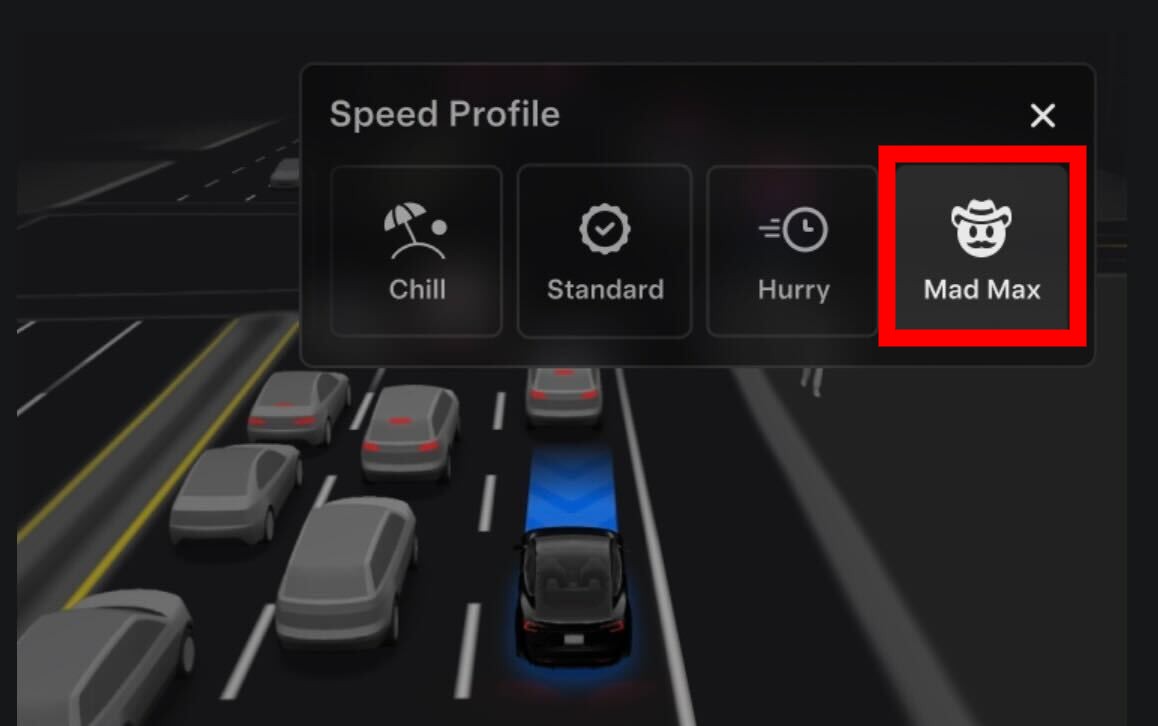
There have been many headlines about Tesla’s new “Mad Max” mode, but many of those writing about the “dangerous” and “controversial” mode have probably never used it.
As a writer, I write about topics I do not have firsthand experience with, but the job requires me to take a fair stance and report what is known. The problem is the nature of driving and driving modes, specifically, is subjective.
Some people might see “Mad Max” as an extension of their daily driving.
For me, I did not see it that way. I saw it as a useful tool for certain situations, but it was certainly not something I could compare to my personal driving style.
But that does not mean that it’s wrong.
NHTSA Probes Tesla Over “Mad Max”
Last week, the NHTSA launched a bit of a probe into Mad Max mode, requesting additional information on the Speed Profile and reiterating that the driver of the car is still required to be in ultimate control.
It’s important to keep the latter portion of that sentence in mind for the true thesis of this piece.
Now, it is no surprise to me that Mad Max garnered attention from regulatory agencies, as it is definitely a more spirited driving profile than the others.
Is Mad Max That Big of a Deal?
Regulatory agencies are responsible for keeping people safe, and it is important to note that their control is somewhat necessary. However, this type of drive mode is optional, requires the driver’s attention, and should be used responsibly for safe travel.
Playing Devil’s Advocate, how is Mad Max any different than the performance modes that some sports cars have? Because they require the driver to operate fully, and they are not semi-autonomous like Tesla can offer with Mad Max in Full Self-Driving (Supervised), are they safer?
The argument here really comes down to whether FSD is being used responsibly and correctly; any accelerated drive mode becomes more of a risk if the vehicle operator is not paying attention. This applies to any car company or drive mode they choose to use on their cars.
My Personal Experience with Mad Max
I have used Mad Max probably ten times since it rolled out to Early Access Program (EAP) members a few weeks ago.
I’ll admit: it did a lot of things I would never do driving a car manually. It passed people on the right. It was the fastest vehicle on the interstate, at least until I crossed into Maryland. Then, it seemed to be just another car on the road.
🚨 Tesla “Mad Max” testing on FSD v14.1.2
It drives like a human being! Consistent lane changes, keeps up with quicker traffic, very refined
Well done Tesla Team pic.twitter.com/wzTucDhczA
— TESLARATI (@Teslarati) October 19, 2025
It drove quickly, and not so fast that I felt concerned for my safety, which I never feared for, but fast enough that, at certain points, I was concerned that a cop would pull me over. I never encountered that scenario, but I wouldn’t be surprised if it resulted in some tickets.
With that being said, I don’t particularly think I’d use Mad Max in more than a handful of applications: driving the Baltimore Beltway would be one instance, navigating traffic in Baltimore, Philadelphia, or Pittsburgh during heavy traffic, or cruising on I-95, where cars routinely are going 100 MPH, much faster than Mad Max would ever travel.
Is it too quick for me in residential settings? For me, yes. Is it faster than every human driving on those roads? Absolutely not. In my experience, it is quicker than some, slower than others, just like any other Speed Mode Tesla offers, even Sloth, which refuses to go over the posted speed limit.
I think it’s wrong to sit here and act as if Mad Max is some incredibly dangerous and life-threatening hazard. If a driver is uncomfortable with the maneuvers or speed, they do not have to use it. However, it is no different from how many other cars travel on the road; it is far from an anomaly.
Tesla FSD’s new Mad Max mode is getting rave reviews from users
With that being said, it will be interesting to see if the NHTSA does anything about Mad Max, whether it will require Tesla to “nerf” the Speed Profile, or remove it altogether. It’s also important to note that this is my personal experience with Mad Max, and what I’ve experienced might differ from others’.
I would love to hear your thoughts on how Mad Max has driven for you, or your impressions of it.
-

 Elon Musk2 weeks ago
Elon Musk2 weeks agoSpaceX posts Starship booster feat that’s so nutty, it doesn’t even look real
-

 Elon Musk1 week ago
Elon Musk1 week agoTesla Full Self-Driving gets an offer to be insured for ‘almost free’
-

 News1 week ago
News1 week agoElon Musk confirms Tesla FSD V14.2 will see widespread rollout
-

 News2 weeks ago
News2 weeks agoTesla is adding an interesting feature to its centerscreen in a coming update
-

 News2 weeks ago
News2 weeks agoTesla launches new interior option for Model Y
-

 News2 weeks ago
News2 weeks agoTesla widens rollout of new Full Self-Driving suite to more owners
-

 Elon Musk2 weeks ago
Elon Musk2 weeks agoTesla CEO Elon Musk’s $1 trillion pay package hits first adversity from proxy firm
-

 News1 week ago
News1 week agoTesla might be doing away with a long-included feature with its vehicles


